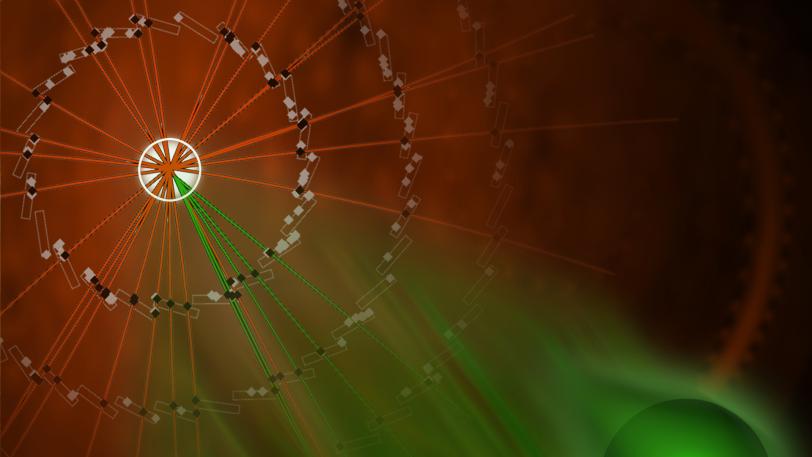The Large Hadron Collider (LHC), the giant particle accelerator at the CERN laboratory in Geneva, Switzerland, will restart operations in 2015, at higher energies and intensities than ever before. In its first run, the LHC experiments ATLAS and CMS discovered the long-sought Higgs boson. Now, researchers are gearing up to search for new and even more exotic phenomena. Many of the possibilities involve particles that decay to the bottom quark, a rare and unusual species of quark with a distinctive appearance in particle detectors. Identifying and measuring bottom quarks in LHC collisions requires extremely high-speed silicon pixel detectors. In this lecture, SLAC's Michael Kagan describes the cutting-edge technology used to image bottom quarks and its use in the search for new types of elementary particles that might appear at very high energies.
Starting From the Bottom: The Hunt for New Physics at the LHC
Presented by Michael Kagan
About Michael Kagan
Michael Kagan studied physics and mathematics at the University of Michigan, graduating in 2006. He obtained his PhD from Harvard University in 2012 for his work on measurements of the W and Z bosons with the ATLAS experiment at the LHC. He joined SLAC in 2012 as a research associate. In this role, he has spent a large portion of his time at CERN helping to build a new layer of high-speed silicon pixel detectors for the ATLAS experiment. He also works on improving pattern recognition algorithms for finding b quarks in ATLAS data and using these b quarks to study Higgs bosons and search for exotic signatures of new physics.
Starting From the Bottom: The Hunt for New Physics at the LHC
Presented by Michael Kagan

Starting From the Bottom: The Hunt for New Physics at the LHC
Public lecture presented by Michael Kagan
SLAC National Accelerator Laboratory
11:30 a.m.–12:30 p.m. PST